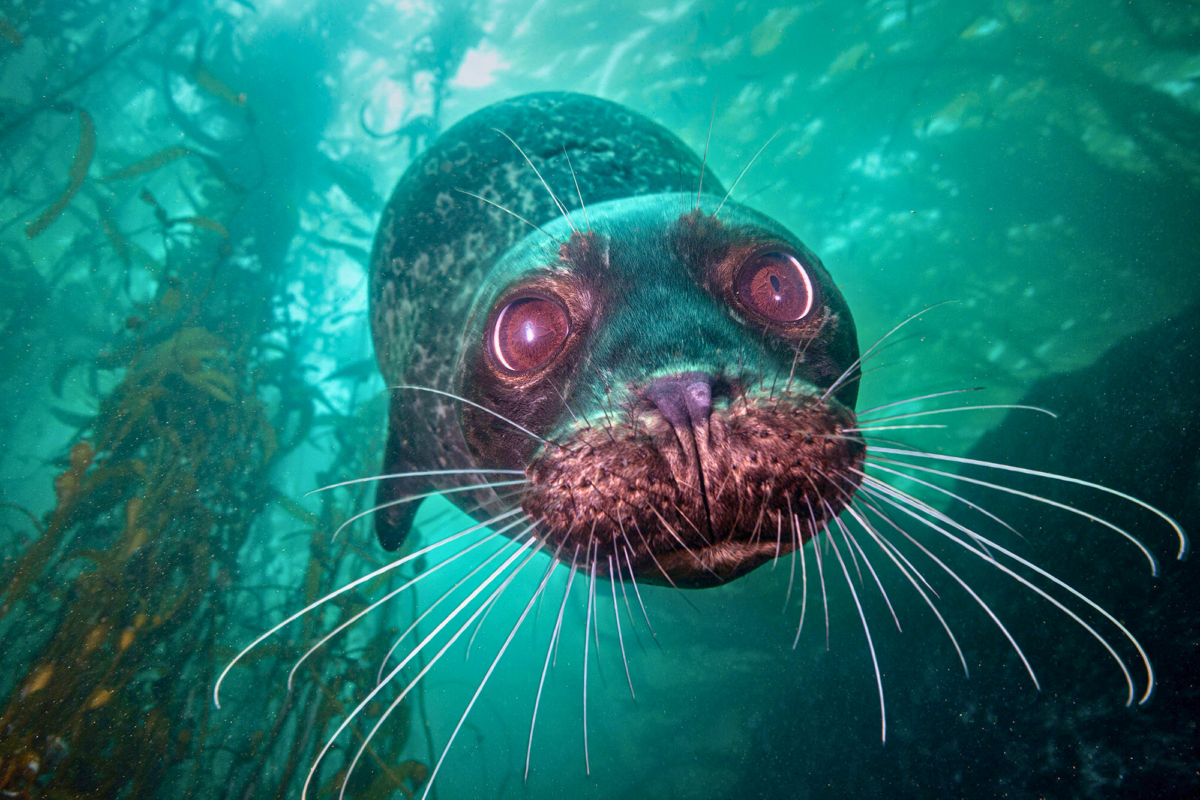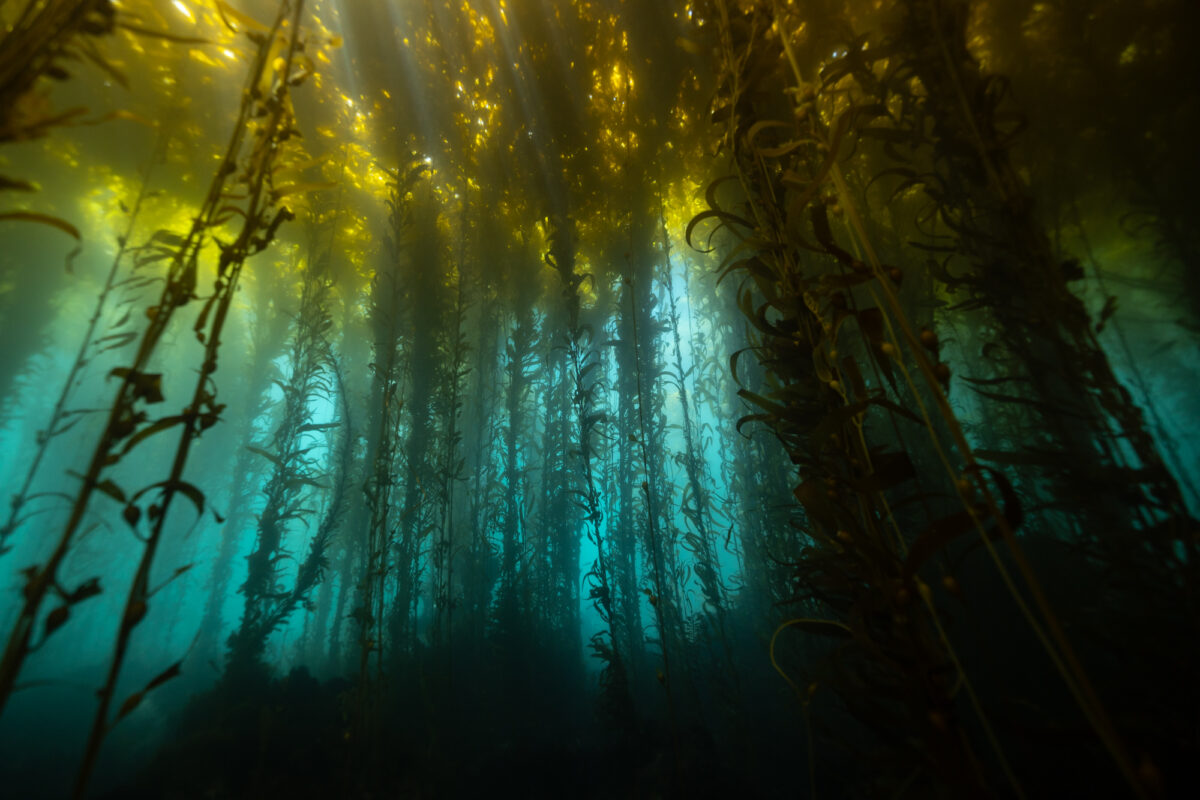
Kelp forests could suffer massive losses by 2100 as ocean heatwaves intensify
Marine heatwaves could become 16 times more frequent, with kelp forests in the Northern Hemisphere facing the most extreme losses, new research finds
Kelp forests have thrived in the world’s oceans for more than 30 million years, but scientists say their future is becoming increasingly uncertain.
By the end of the century, some regions could experience marine heatwaves up to 16 times more frequent than today, a surge that could trigger mass die-offs of these underwater ecosystems, according to a new study in Nature Communications.
“Kelp forests worldwide — across North America, South America, South Africa, Australia — will be more threatened, but the impacts won’t be uniform,” said lead author Nur Arafeh Dalmau, a UCLA and Stanford University researcher.
Using satellite mapping and climate models, an international team of researchers analyzed kelp forests across four continents. They found that while all kelp forests will face increased stress, some regions will be hit much harder than others.
“The most surprising finding is the stark difference in warming between hemispheres,” Arafeh Dalmau said. “Places in the Northern Hemisphere, including areas like the Bering Sea, Canada, Alaska and Northern California, are projected to see some of the most extreme changes. Meanwhile, places like southern South America are expected to be less exposed.”
While these findings reinforce the urgency of conservation efforts, the study highlights that current protections remain inadequate. Only 3% of the world’s floating kelp forests are within highly protected marine reserves, leaving many vulnerable to increased stress and die-offs from heatwaves.
“Kelp forests cover more of the ocean’s coastline than coral reefs, yet they receive far less attention,” Arafeh Dalmau said. “Most of the ones that people rely on for food, jobs and cultural traditions remain completely unprotected.”


Photos from an expedition along Baja California, Mexico in 2023 by Jennifer Adler.
Kelp forests rank among the world’s most productive ecosystems, providing food and shelter for thousands of species, from commercially valuable fish to endangered marine mammals. They also help stabilize shorelines by dampening wave energy and are efficient at storing carbon, making them a key natural solution in mitigating climate change.
However, they are highly sensitive to temperature shifts. In recent years, prolonged marine heatwaves have already led to dramatic declines in regions like California and Tasmania, where once-thriving kelp forests have disappeared.
The study urges policymakers to integrate kelp forests into global conservation efforts, particularly under the 30×30 initiative, which aims to protect 30% of the world’s land and oceans by 2030. A successful model for this approach can be seen in the United States, where marine reserves in Southern California have helped slow kelp forest decline by restricting fishing and other extractive activities.
“One of our key recommendations is that countries explicitly recognize kelp forests in their conservation commitments,” Arafeh Dalmau said. “Right now, they’re largely left out.”
Kyle Cavanaugh, senior author of the study and professor at UCLA’s Institute of the Environment and Sustainability, emphasized the need for immediate action.
“In addition to rising temperatures, kelp forests are also facing threats from other stressors such as pollution and overgrazing from herbivores,” Cavanaugh said. “Marine protected areas are the most effective tool for protecting kelp forests from these other stressors, giving them a better chance to survive future warming.”
With climate change accelerating, researchers say conservation efforts must prioritize at-risk kelp forests and identifying climate refuges — regions where kelp might be more resilient to rising temperatures — could ensure these vital ecosystems survive.
The study was a global collaboration, involving researchers from Canada, the United States, Mexico, Peru, Chile, Argentina, South Africa and Australia. “Protecting these ecosystems moving forward will require coordinated efforts that include local scientists and practitioners,” Arafeh Dalmau said.
Published:



